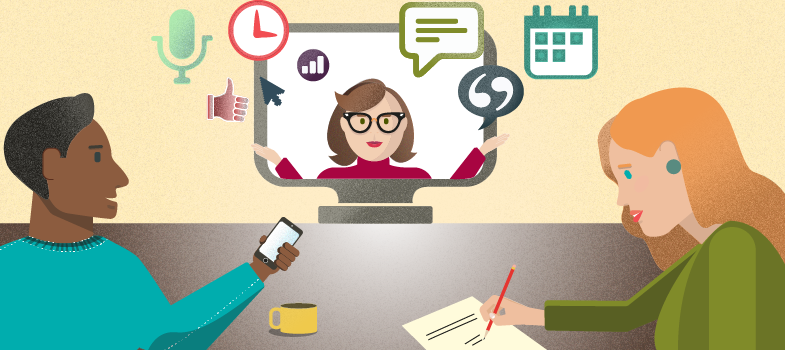Keyboard
A keyboard is like a typewriter. It allows you to type text and commands into your computer.
The largest key on the keyboard is the
Guide: How to use a keyboard
DigitalLearn.org [Tip: hold Ctrl and click a link to open it in a new tab. (Hide tip)] has a short visual guide on how to use a keyboard.
You can turn on captions by clicking on the icon in the bottom left corner.
A transcript is also available.
Control commands
If you find it difficult to use a mouse, the keyboard has control functions that you can use to give the computer commands by pressing the Ctrl key and another letter at the same time.
The following list shows some of the most common control key commands:
Ctrl+A: select all items (such as text, images or a web address)
Ctrl+C: copy selected item
Ctrl+V: paste selected item
Ctrl+X: cut selected item
Ctrl+Z: undo previous action
Ctrl+Y: redo action
Ctrl+N: open a new window in your browser
Ctrl+B: make selected text bold
Ctrl+U: underline
Ctrl+i: italics.
Keyboard alternatives
Standard keyboards may not suit everyone.
| Impairment | Examples of adaptive technology |
|---|---|
Speech impairment |
Picture boards Speech-to-text software |
Hearing impairment |
|
Visual impairments |
Apeech output that scans book pages so the computer can read printed materials Screen reader or Read Aloud function Speech-to-text software that writes what you say Keyboards with enlarged keys or large print key top stickers Braille displays and Braille printouts |
Light sensitivity |
Brightness and contrast controls to adjust your screen |
| Mobility and other physical impairments | Flexible tabletops, monitors and keyboards Mouthpieces for typing Trackball and Sticky Keys that hold down the Ctrl and Shift keys Keyboards with enlarged keys Left- and right-handed keyboards Onscreen keyboards Head-controlled mouse and keyboard Software that translates Morse code Voice-activated systems that replace the keyboard |
If you are unable to use your hands, eye-tracking technology uses infrared signals to let the eye tracker know where your eyes are looking. You may have heard of Stephen Hawking (1942–2018), a famous physicist who lived with motor neurone disease. Hawking’s assistive technologies included a tablet computer mounted on the arm of his wheelchair, speakers and amplifiers with custom-built speech synthesisers, and a software speech emulator.
Activity 1.1: Keyboard and mouse alternatives
AbilityNet has a useful guide to different types of keyboards and mice. Its factsheet on keyboard and mouse alternatives gives details of some of the alternative devices available. It also gives information on adaptations you can make to standard keyboards and mice.
Take a few minutes to read through the alternatives and adaptations covered. Make some notes in the box below on some of the things that might make it easier for you to use the computer.
